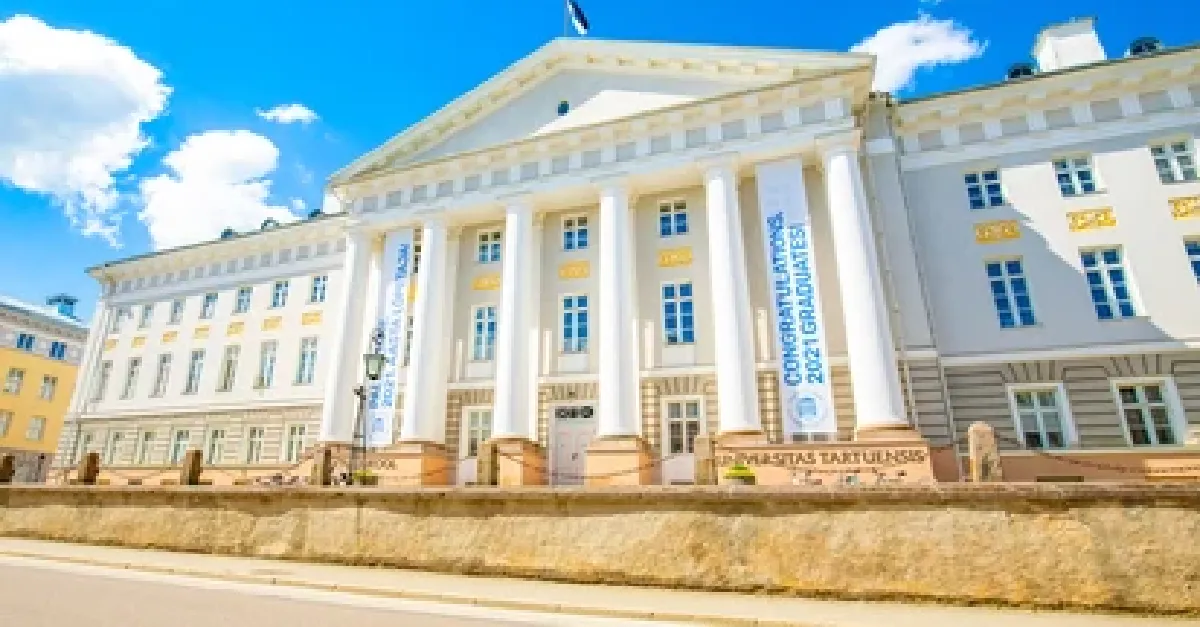UNIVERSITY OF PRETORIA
THE CONCEPT
MIL University Cities are a derivation or application of the MIL City framework on university campuses of these academic entities. To this end, it is recommended to follow the 13 indicators and metrics for MIL Cities.
MIL Cities framework
MIL City - Framework and metrics
We see cities around the world benefiting enormously fr om the digital revolution. Information on transportation, health care, entertainment, news, the private sector, civil society and government increased efficiency, opened new economic, social and cultural possibilities, reduced pollution and increased transparency and participation. An increasing number of interested cities are promoting Smart Cities initiatives, which seek to make better use of information and communication technologies to increase efficiency and quality of life in relation to security, health, recreation, community services and government to citizens. Initiatives related to Smart Cities often underestimate the intelligence of citizens in the process, prioritizing the agility of the processes and not the humanization of them. In this sense, a multidisciplinary approach is needed on the issue, not being restricted to traditional education actors. Schools, bookstores and journalists have the possibility to connect government actors, electoral commissions, transportation system, public health, cultural groups, and environmental policy makers. Other stakeholders may include,: museums, NGOs (non-governmental organizations), community centers and others within the development of educational projects.
Cities would be, as well as Educational Cities, spaces for catalyzing civic participation, empowerment and citizen engagement. In short, the MIL Cities are cities that use the new technologies, but in function of the sustainable human development of all social layers that integrate it in an ethical, inclusive, participatory and citizen way, and not only in function of the financial and technological growth.
Below the 13 indicators are shown together with an example of metrics included, according to the proposal by Chibбs Ortiz (2020), inspired by the UNESCO framework:
1. Libraries
Example: Number of actions and workshops with authors, focused on teenagers and young people, teaching how to research and find safe sources for research, carried out by Libraries per year.
2. Urban planning and mobility
Example: The City (university) has a planned communication proposal on the creative use of space for the various current transportation vehicles.
3. Rectory, City Hall, administrative bodies and citizenship
Example: The (university) city has the diagnosis and mapping of Cultural Barriers to Communication by colleges, units or neighborhoods, municipalities.
4. Health
Example: Quantity and percentage of hospitals, clinics, networks and pharmaceutical industry, as well as other health institutions that the city has (university) with preventive health information campaigns and that offer safe information about medicines and health, including vaccination campaigns
5. Culture, heritage, art, sport and leisure
Example: Quantity and percentage of cinemas, museums and theaters that articulate with the faculties and units of the city (university) for showing educational films produced by students.
6. Education
Example: Number and percentage of colleges, schools or institutes in the city (university) that have in their teaching programs, matters related to the MIL approach and anti-fake news.
7. Associations, unions, NGOs, socio-cultural projects and other non-traditional actors
Example: Number and percentage of class associations and unions in the city (university) that articulate curriculum outside their spaces to discuss media and access to information.
8. Media and media
Example: Number and percentage of communication agencies, city marketing (university) that do MIL campaigns and anti-fake news.
9. Artificial intelligence, startups and digital channels
Example: Quantity and percentage of technologies (Artificial Intelligence systems, Virtual and Expanded Reality) in the city (university) take advantage of the health, culture and education of citizens, as well as in fighting fake news.
10. Security
Example: Amount of applications and cameras made available by the city (university) to ensure safety, preventing assaults, car accidents and natural disasters.
11. Environment and sustainability
Example: Quantity of ecological solutions and reduction of negative impacts of industry and services, as well as referring to the reduction of pollution that the (university) city has developed.
12. Youth, Women, Blacks, Indigenous, LGBTQ + and other minority groups
Example: Number and percentage of women, youth, black and other disadvantaged groups that occupy leadership positions in the city government (university).
13. General Integration Metrics (involve measures with metrics with two or more of the previous indicators)
Example: Quantity and percentage of innovative sustainable solutions implemented by the university city integrating various sectors and multidisciplinary in the city (university).
The proposal aims to spread MIL Cities in different regions of the world, which can also help to stimulate media and information literacy as a tool for intercultural and interreligious dialogue, building tolerance, fighting hatred and misinformation and allowing sustainability development in general. MIL Cities implies a vision of building bridges between local government authorities and NGO activities, non-formal activities, informal educators and MIL-related networks.

University of Rwanda
MIL university cities
An entity that promotes an interesting look at university cities is the UCITYLAB Project network or University Action Lab (2020) that tries to connect universities with other urban actors and drive social change. Its objectives are to promote the links between European higher education institutions and urban stakeholders, the development of relevant skills among students through experimental learning and the adoption of city engagement practices among European higher education institutions. According to this perspective, it is crucial to expand support from the bottom up for cities to co-develop, test and implement solutions and thus consolidate efforts; Higher education institutions can support anchorage innovation, increasing interest in the urban areas on which they are based, offering resources and facilitating change. Higher education institutions must also explore cities as living laboratories, incorporating open spaces, institutions and the local community in their research and teaching programs (UCITYLAB, 2020).
The project partnership consists of 5 organizations from 5 countries, each with a direct interest in using the results of the project to promote their involvement with the cities in which they are located. Comprised of prominent public higher education institutions in the cities of Porto, Ljubljana, Barcelona and Paris, and supported by Europe's leading network organization, University Industry Innovation Network (UIIN), the consortium brings valuable knowledge and network links that will contribute significantly for the project's objectives. Partner HEIs are selected from cities that already have an integrated strategy for urban renewal and that work to face various environmental, economic and social challenges. All partners involved in the project strategically place their responsibilities in relation to sustainable urban development and the promotion of social entrepreneurship in the city and region in their mission / vision and respective activities (UCITYLAB, 2020).(1)
University Cities recognized by UNESCO
The university cities recognized by UNESCO (2020-b), as heritage of humanity due to the high cultural value of their material and immaterial heritage are (UMAC & ICOM, n.d. 2020)
- Struve Geodetic Arc, includes the Astronomical Observatory of Tartu University – in 2005 (Estonia)
- Botanical Garden of Padua – in 1997 (Italy)
- Autonomous University of Mexico – 2007 (Mexico)
- University of Coimbra – 2013 (Portugal)
- Alcalá de Henares University – in 1998 (Spain)
- Monticello and the University of Virginia in Charlottesville – in 2006 (United States of America)
- University City of Caracas – in 2000 (Venezuela)
It should be noted that these cities are not specifically within the MIL Cities paradigm but are worthy to take note of due to the immense value it contributes to humanity.
It should be noted that these cities are not specifically within the MIL Cities paradigm but are worthy to take note of due to the immense value it contributes to humanity.
(1) Chibás Ortiz, F.; Dias A. P. Fischer, R. (2020) MIL (Media and Information Literacy) University Cities: new metrics for education and urban health, In: MIC- Media, Information Communication, Number 33, 15.08.2020, ISSN: 231-755X, Available:
http://mic.org.ru/vyp/33-nomer-2020/felipe-chib-s-ortiz-ana-paula-d-as-rachel-fischer-mil-media-and-information-literacy-university-citi/















